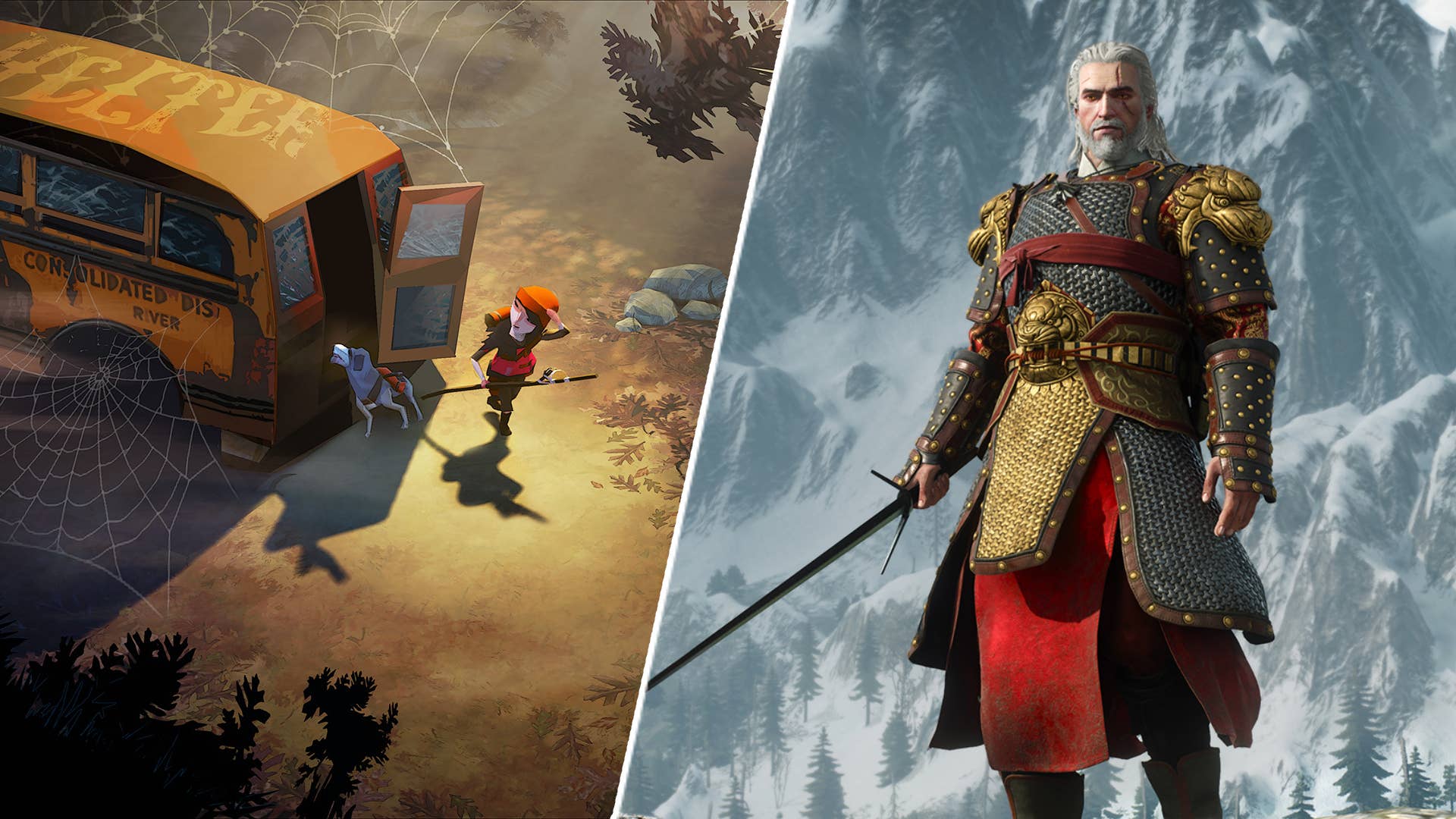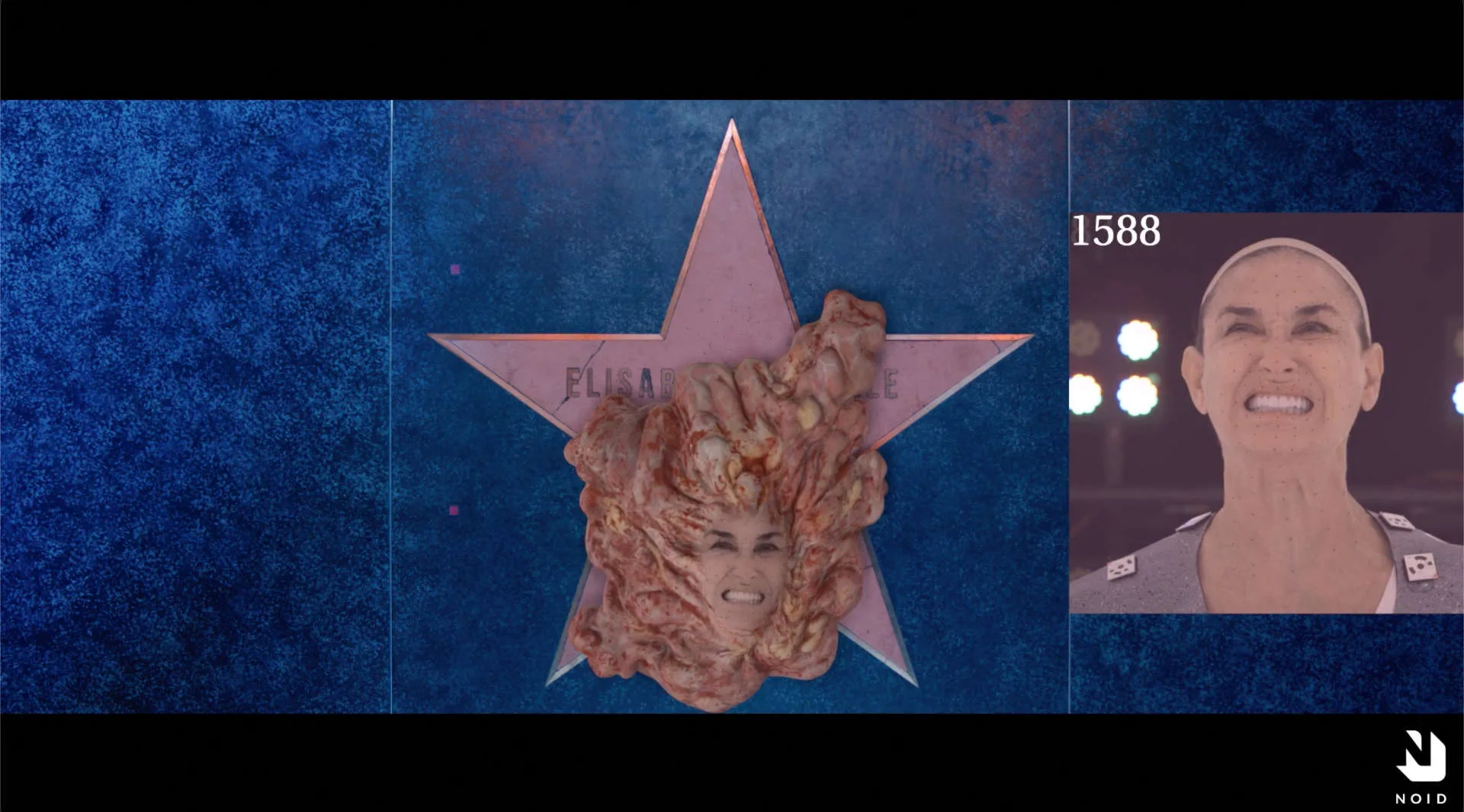
WWW.EUROGAMER.NET
Switch 2 delivers GameCube emulation - but Nintendo has had a great Wii/GC emulator since 2017
Switch 2 delivers GameCube emulation - but Nintendo has had a great Wii/GC emulator since 2017
Nvidia Shield's emulator ran more demanding games on less powerful Tegra X1 hardware - at higher resolutions.
Feature
by Thomas Morgan
Senior Staff Writer, Digital Foundry
Published on April 9, 2025
Announced during the Nintendo Switch 2's big reveal, GameCube games will be officially be added to the roster of classic titles available with a Nintendo Switch Online subscription. 24 years and four console generations on, Nintendo is finally able to tap into a truly rich, much-beloved catalogue on its new platform. The long wait to see GameCube games appear is a surprise though. Both because it is a Switch 2 exclusive feature, and also given that Nintendo has had official Wii emulation - essentially an overclocked GameCube in GPU and CPU - working already for the last eight years.
We actually covered this back in 2018 (a year after its launch), with Nintendo's Wii emulator running on the Nvidia Shield TV - which uses the very same Tegra X1 chipset as the original Switch. Nintendo's emulated games were only released for the Chinese market on the Nvidia store, but included the likes of The Legend of Zelda: Twilight Princess, Super Mario Galaxy, New Super Mario Bros Wii, and Punchout. In short, it showed how the older Switch processor could in theory run an emulator capable of not just Wii games, but almost certainly GameCube too, given the exceptional similarity of their architectures.
Before we go into depth on what might have been, it's worth acknowledging what we're getting on Switch 2. To start, there will be over ten GameCube titles available (three at launch), each with the promise of enhanced resolutions, faster loading times and even online play if there's a multiplayer mode. The games shown in the Direct all arrived in the west in 2003 and include some bona fide classics: the futuristic racing of F-Zero GX, the iconic The Legend of Zelda: Wind Waker, and third-party fighter Soul Calibur 2. Tallied alongside the full list, it broadens an already expansive library of emulated ports on Nintendo's online service, but the snag is that the GameCube back-compat is exclusive to Switch 2. So why are we getting GameCube games now, and why only on the new hardware?
An early preview of the state of GameCube emulation on Switch 2, and how Nintendo's efforts on Nvidia Shield TV paved the way. Watch on YouTube
It's a tricky question to answer bearing in mind that the Wii is more capable than GameCube, while the Tegra X1 processor in both Shield and OG Switch is significantly less capable than Switch 2's T239. Looking back at that older emulated titles, these were born out of the Nvidia/Nintendo partnership that resulted in Switch's use of the mobile Tegra X1 chipset - considered a great deal at the time for Nintendo, given the availability of the part. As part of that deal, core development of four Wii titles for the Chinese market were handled by Nvidia Lightspeed Studios. The route to getting these working is onerous if you want to give them a go: you'll need a Chinese Shield TV unit - or flash your Shield TV, update your console and then use a VPN to access the store.
After these steps though, the games ran well on essentially Switch hardware, proving that GameCube and even more ambitious Wii emulation has been viable on Tegra X1 all this time. The games weren't simple ISO dumps either. Rather, there were plenty of bespoke tweaks to suit the Shield hardware, including 3x resolution boost to 1920x1404 in Twilight Princess and Mario Galaxy, improved texture filtering and scaled-up vector-based text elements.
Most surprising of all though is that the Shield version of Twilight Princess is something of a hybrid between the GameCube and Wii versions. It sports the GameCube version's left-handed Link - rather than the mirrored Link (and entire world!) of the Wii version - and traditional gamepad controls, while keeping the more modern 16x9 aspect ratio of the Wii release.
To see this content please enable targeting cookies.
There are a few limitations to these Nvidia Shield releases too. Twilight Princess is locked to 30fps, just like the originals, though it is a stable 30. Mario Galaxy also matches its source material at 60fps, but with some frame dips en route. The key distinction to make here is that this emulation is built for an Android-based OS in Nvidia Shield, while Switch benefits from much lower-level GPU access to the Tegra X1 by using Nvidia's NVN graphics API. In theory, a proper Switch release might handle this with fewer dips, with an API that's closer to the metal.
Interestingly, looking at the official release of Mario Galaxy on Switch later on in 2021, via the Mario 3D All-Stars Collection, we got exactly that. The 3D All Stars version pushed to 1080p in a similar way, improving the texture filtering, fonts and even going further with a wholesale asset swap for Galaxy's pre-rendered videos. Between this, and the Lightspeed efforts on Shield, it is proof of concept that Tegra X1 is not only in the right ball-park hardware-wise, but that a working emulation layer has been available for quite some time.
With all that in mind, let's jump back once again to what Nintendo is offering on Switch 2. The GameCube games are running in emulation with their own set enhancements, starting with a resolution boost to 900p. In Wind Waker, F-Zero GX and Soul Calibur 2, that means a native 1280x900 picture with a limited form of anti-aliasing, scaled to the maximum 4K output of the Switch 2. It's a decent boost in image quality over the 480p output of a GameCube of course, though whether resolution targets differ in the other supported GameCube games remains to be seen.
1 of 6
Caption
Attribution
Nintendo Switch 2 emulates its GameCube catalogue with a much-needed res boost, taking us to a native 1280x900 in both F-zero GX and Soul Calibur 2 (shown here) - and also Wind Waker. This resolution stays in place regardless of whether 4:3 or 16:9 aspect ration modes are selected.
Also good news is that widescreen support is now confirmed to be available here as well, if it was originally supported in-game. Hence, by adjusting the settings in F-Zero GX or Soul Calibur 2 we're able to remove the black pillars to either side to max out a 16:9 display. However, the catch is that doing so will stretch that 1280x900 pixel structure horizontally - rather than adding more pixel data to the frame's sides. Impressively, we'll also be able to enjoy games like F-Zero GX online, something that was never possible on the GameCube original. Exactly how responsive and reliable online play will be needs testing, but for slower-paced games like The Legend of Zelda: Four Swords Adventures, it looks like an effective way to run through each puzzle with friends.
Having all these GameCube games accessible today is a hugely welcome move. That 1280x900 resolution figure is curious though, as it's far lower than the 1920x1404 used on the Nvidia Shield for more taxing Wii releases. This could be just to ensure overhead for online play or GameChat support, but it seems conservative for the hardware capabilities of the Switch 2's Nvidia Ampere-based GPU.
Frame-rates are also faithful to their original GameCube targets here too, just like on the Shield: F-Zero and Soul Calibur 2 run at 60fps as expected, with some very minor drops in the emulation. The Wind Waker situation is more frustrating though, as its 30fps cap is unevenly frame-paced by the emulator, adding instances of judder where there was none in the original.
The latest DF Direct Weekly is a Switch 2 special, with PS4 vs Switch 2 comparisons, head-to-heads between the OG and the new console and a deeper dive into the new console's technical specifications.Watch on YouTube
On a final note, Wind Waker's release as a GameCube classic via a Nintendo Online sub is something of a monkey's paw for those who'd rather have gotten Wind Waker HD. The enhanced 2013 Wii U remaster added widescreen support, improved lighting and a slew of quality of life improvements that would have been appreciated today. Still, it may resurface in some way in the next few years, alongside the also-MIA Twilight Princess HD from developer Tantalus Media.
So why didn't Nintendo bring these GameCube games to Switch any sooner? We can only speculate at this point, but a likely theory relates to limitations in the Switch's CPU. While the emulation approach works well on the Shield TV, its Tegra X1 chip runs at a much higher 1.785GHz CPU clock speed, versus just 1.0GHz on the Switch itself. Likewise, the GPU side of the Tegra X1 SOC is clocked down from a circa 1GHz on Shield to either 768MHz (docked) or lower on the portable side. These battery and thermal measures may have, ultimately, been significant enough factors to rule out GameCube emulation on original Switch hardware.
Still, as long overdue as these GameCube releases are, I'm glad to see them on Switch 2 - even if the evidence from the old Shield emulator suggests that there was plenty of overhead for extra enhancements. There's also much more to see from the purple cube's catalogue on the new console, beyond this initial smattering of games in the Direct, and we'll be sure to report back on each. Some personal highlights here include Fire Emblem: Path of Radiance, Super Mario Sunshine, Mario Strikers and Luigi's Mansion. Some of these have become quite rare to find in physical form, so it's great to see them become more widely accessible - even if we still wonder if perhaps all of this could have been achievable years ago on the original Switch.
0 Kommentare
0 Anteile
67 Ansichten












